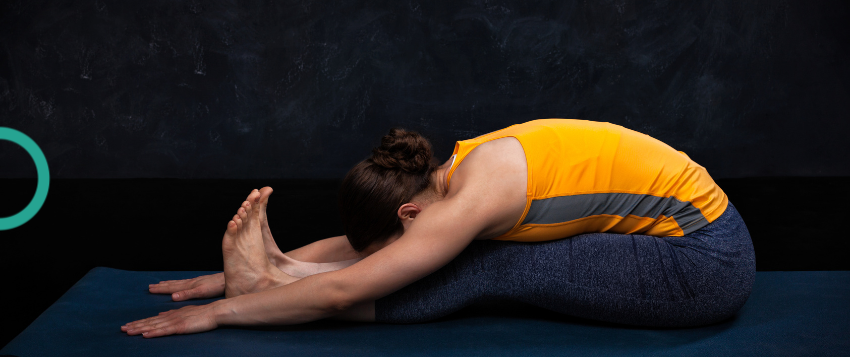In the ever-evolving landscape of fitness, there’s a growing trend that’s catching the attention of both seasoned gym-goers and newcomers alike: hybrid workouts. These innovative routines blend the best of two worlds, combining the muscle-building benefits of strength training with the flexibility-enhancing power of stretching and mobility exercises. By seamlessly integrating these elements, hybrid workouts offer a comprehensive approach to fitness that yields impressive results and promotes overall wellness.
Strength training has long been revered for its ability to build lean muscle mass, increase metabolism, and improve overall strength and endurance. Whether through traditional weightlifting, bodyweight exercises, or resistance training, the benefits of strength-focused workouts are undeniable. However, focusing solely on strength can sometimes lead to stiffness and reduced flexibility, limiting range of motion and increasing the risk of injury over time.
On the other hand, flexibility training encompasses a range of exercises aimed at improving joint mobility, enhancing muscle elasticity, and preventing injury. Techniques such as yoga, Pilates, and dynamic stretching not only promote flexibility but also aid in relaxation, stress reduction, and improved posture. Yet, while flexibility training offers its own set of benefits, it often lacks the muscle-building component provided by strength training.
Enter hybrid workouts—a dynamic fusion of strength and flexibility training that capitalises on the synergies between these two disciplines. By incorporating elements of both, hybrid workouts deliver a well-rounded fitness experience that targets multiple aspects of physical health and performance.
So, what does a typical hybrid workout look like? Picture a session that begins with compound strength exercises like squats, deadlifts, and bench presses, designed to engage multiple muscle groups simultaneously and build foundational strength. As the workout progresses, seamlessly transition into dynamic stretches and mobility drills that promote flexibility and joint health. This combination not only maximises calorie burn and muscle activation during the workout but also facilitates recovery and prevents muscle stiffness post-exercise.
One of the key benefits of hybrid workouts is their versatility. They can be tailored to suit individuals of all fitness levels and goals, whether you’re aiming to build muscle, improve flexibility, or enhance athletic performance. Moreover, the variety inherent in hybrid workouts keeps things interesting and prevents boredom, making it easier to stay motivated and consistent with your fitness routine.
Additionally, hybrid workouts offer a holistic approach to fitness that extends beyond physical benefits. The mind-body connection fostered by practices like yoga and Pilates promotes mental clarity, stress relief, and overall well-being. By incorporating these elements into a strength-focused routine, hybrid workouts offer a comprehensive solution for achieving peak fitness and vitality.
To get started with hybrid workouts, consider consulting with a certified personal trainer or fitness instructor who can help design a programme tailored to your specific needs and goals. Whether you prefer to work out at home or in a gym setting, there are countless resources available, from online tutorials to group fitness classes, to support your journey towards optimal health and fitness.
In conclusion, hybrid workouts represent a groundbreaking approach to fitness that combines the best of strength training and flexibility exercises. By integrating these elements into a cohesive routine, hybrid workouts offer a comprehensive solution for achieving peak physical fitness, promoting overall wellness, and enhancing quality of life. So why settle for one-dimensional workouts when you can have the best of both worlds? Embrace the hybrid revolution and unlock your full potential!
Disclaimer – Healthi and its associates offer health and fitness information and is designed for educational and entertainment purposes only. You should consult your physician or general practitioner before beginning a new fitness program. You should not rely on this information as a substitute for, nor does it replace, professional medical advice, diagnosis, or treatment. If you have any questions or concerns about your health, you should always consult with a physician, general practitioner, or other qualified healthcare professional. Do not disregard, avoid or delay obtaining medical or health-related advice from your healthcare professional because of something you may have read in our publications or lectures. The use of information provided through the urban wellness service is solely at your own risk and is not medical or healthcare advice.










1 Comment
You have noted very interesting details! ps decent internet site.Money from blog